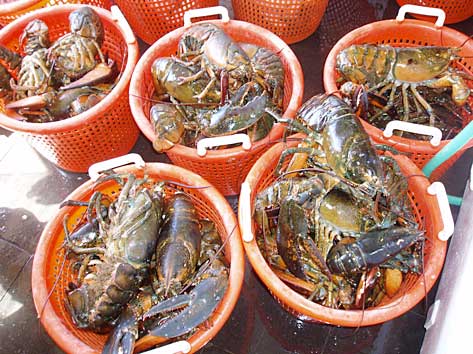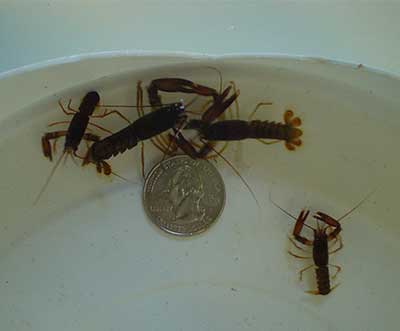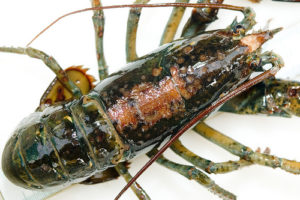 Value to Management
Value to Management
- Supports fisheries management: Lobster surveys improve assessment of lobster stocks to inform fisheries management decisions and improve conservation and management efforts
- Demonstrates efficacy of management strategies: Lobster monitoring helps to assess the performance and effectiveness of management strategies

Lobsters are one of Rhode Island’s top commercially valuable fisheries. In 2015, commercial lobster landings in the state were worth over $12 million, but the lobster industry has declined over the past several decades. The catch in 2015 was higher than in 2013 or 2014, but it was less than half of the $28 million value of the catch in 2000. This decline in lobster catch is related to an overall downward trend in the southern New England lobster population, partly due to young lobsters not surviving to adulthood. In addition to decreased survival rates, lobster populations are also negatively impacted by increases in lobster shell disease, which is caused by bacteria in the shell that can lead to increased mortality of lobsters directly from the disease but also from increased predation. Shell disease does not pose a threat to human health, but the unappetizing appearance of the shell makes these lobsters less marketable as whole crustaceans even though the lobster meat remains just as tasty and valuable.

The decline of lobster landings in southern New England impacts not only the livelihoods of Rhode Island’s lobstermen but also shoreside businesses such as fuel and bait companies; consequently, implementing carefully designed lobster fishery management decisions is a primary concern. The southern New England lobster population is managed by the Atlantic States Marine Fisheries Commission (ASMFC), which is a compact between the Atlantic coastal states and the National Oceanic and Atmospheric Administration (NOAA) Fisheries. In August 2016, the ASMFC announced a draft plan with options to adjust minimum and maximum lobster size limits, reduce trap numbers, and close seasons with a goal to increase egg production by 20-60%. If implemented, many of these strategic catch limits could significantly impact lobstermen, but population trends show that drastic action may be necessary to maintain the long-term viability of the lobster industry.
Both trawl and ventless lobster trap survey data are vital to assess the health and status of lobster resources in Rhode Island, and will be highly informative when tracking the efficacy of these proposed management measures.

